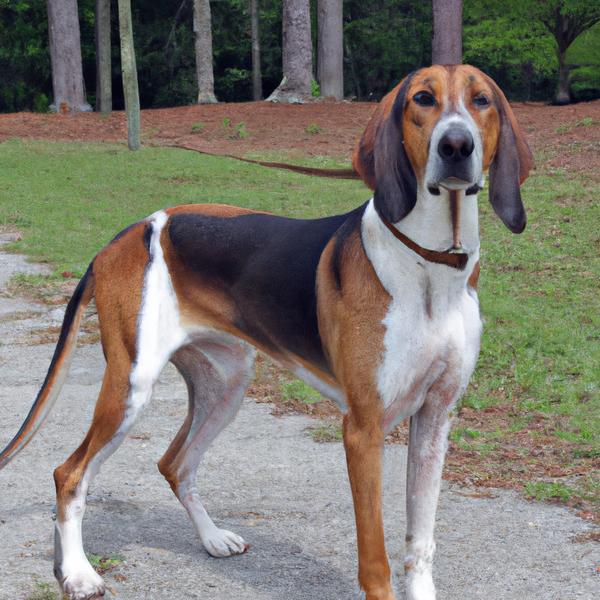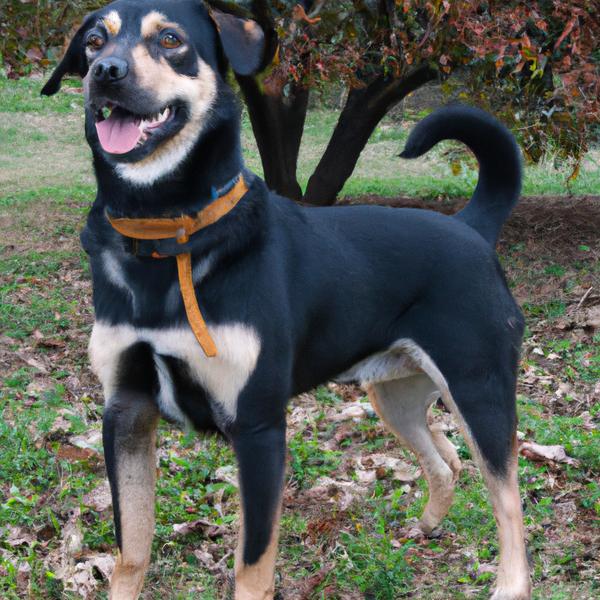Treeing Walker Coonhound vs. Labraheeler: Breed Differences and Similarities
Hypoallergenic
Are Treeing Walker Coonhounds or Labraheelers hypoallergenic, or neither?
Unfortunately, neither Treeing Walker Coonhound nor Labraheeler are hypoallergenic, which may not make them the best choice for dog lovers who suffer from pet allergies.
Temperament
What are the personalities of Treeing Walker Coonhound and Labraheeler dogs?
Affectionate
Confident
Trainable
Clever
Loving
Playful
Loving
Energetic
Protective
Alert
Intelligent
Friendly
Responsive
Affectionate
Loyal
Gentle
Going
Social
Aggressive
Cheerful
Shedding Level
Do Treeing Walker Coonhounds shed more than Labraheelers, or which breed sheds more, Treeing Walker Coonhounds or Labraheelers?
Treeing Walker Coonhound or Labraheeler dogs are not heavy shedders, but they will lose a significant amount of hair each year. To decrease the amount of shedding, you can regularly brush your Treeing Walker Coonhound or Labraheeler. This will remove loose hair and keep their coat growing in the same direction.
Watchdog Ability
Which dog breed makes a better watchdog, the Treeing Walker Coonhound or Labraheeler?
The Treeing Walker Coonhound and Labraheeler dogs are average watchdogs. If they sense something different, these breeds will alert their owner.
Ancestry
What are the origins of Treeing Walker Coonhound and Labraheeler breeds?
english foxhound, american foxhound
Australian Cattle Dog and Labrador Retriever
Date of Birth
When were Treeing Walker Coonhound and Labraheeler breeds first developed?
1800s
Unknown
Eye Color Possibilites
What are the eye colors of Treeing Walker Coonhound and Labraheeler dogs?
Brown
Blue
Hazel
Brown
Nose Color Possibilites
What are the natural nose colors of Treeing Walker Coonhound and Labraheeler?
Black
Black
Brown
Isabella
Coat Color Possibilites
What are the natural colors of the coat for Treeing Walker Coonhound and Labraheeler breeds?
Black
Brown
White
Black
Blue
Red
White
Cream
Brindle
Brown
Coat Length
What is the typical coat length for Treeing Walker Coonhound and Labraheeler breeds?
The coat of Treeing Walker Coonhound and Labraheeler dogs ranges in length from short to medium.
Coat Density
What is the density of the coat of Treeing Walker Coonhound and Labraheeler?
Coat Texture
What is the hair texture of Treeing Walker Coonhound and Labraheeler?
Straight
Litter Size
What is the usual litter size for Treeing Walker Coonhound and Labraheeler?
A Treeing Walker Coonhound can have a litter of 12-13 puppies on average. However, it's worth noting that the size of the litters can vary greatly. Factors that can influence litter size include the health of the mother, breeding history, and genetics.
A Labraheeler can have a litter of 5-10 puppies on average. However, it's worth noting that the size of the litters can vary greatly. Factors that can influence litter size include the health of the mother, breeding history, and genetics.
Adaptability
Treeing Walker Coonhounds have average adaptability to changes in lifestyle and living environments compared to other breeds.
Labraheelers are known for their adaptability and can adjust well to different environments and lifestyle changes.
Health Issues
Between Treeing Walker Coonhound and Labraheeler, which breed is more prone to health problems?
The Treeing Walker Coonhound is prone to health issues and requires regular check-ups with a vet to identify and treat any problems early.
While the Labraheeler breed is generally healthy, occasional vet check-ups are still necessary to address any health concerns.
Major Concerns
What are the major health concerns for Treeing Walker Coonhound and Labraheeler breeds?
Hip Dysplasia
Polyradiculoneuritis
Patellar Luxation
Progressive Retinal Atrophy
Hip Dysplasia
Arthritis
Minor Concerns
What minor health issues should be kept in mind when owning Treeing Walker Coonhound and Labraheeler?
Otitis Externa
Elbow Dysplasia
Cataracts
Occasional Tests
What occasional tests are recommended for Treeing Walker Coonhound and Labraheeler breeds?
Blood Test
Hips
X-Rays
Physical Examination
Ear Examination
MRI
CT Scan
Physical Examination
Ultrasound
Radiographs
Urinalysis
Joint Fluid Sample
Complete Blood Profile
Blood Count
Chemical Analysis
Chest X-rays
Complete Ophthalmologic Examination
Electroretinogram (ERG)
Energy
How do the energy levels of Treeing Walker Coonhounds and Labraheelers compare?
Treeing Walker Coonhound and Labraheeler breeds are known for their high energy levels, so if you're looking for a more low-key dog, these breeds may not be the best choice.
Social Needs
Treeing Walker Coonhound vs Labraheeler social needs comparison
Treeing Walker Coonhound has average social needs and is less independent than other breeds.
Labraheeler has above average social needs and thrives with interaction with humans and other dogs.
Exercise Needed
Treeing Walker Coonhound vs Labraheeler exercise need comparison.
The Treeing Walker Coonhound and Labraheeler breeds need a high level of physical activity to maintain a healthy lifestyle. They also make great companions for people who lead an active lifestyle and enjoy running, hiking, or other outdoor activities. These breeds are not suitable for people with a sedentary lifestyle or those who live in small apartments.
Sleeping Need
Which of the two sleeps the most/least: Treeing Walker Coonhound or Labraheeler?
Treeing Walker Coonhounds sleep less than other breeds but still need adequate sleep for good health.
Labraheelers are active and require sufficient sleep to stay healthy.
Tendency to Bark
Do Treeing Walker Coonhounds or Labraheelers bark more/less frequently?
The Treeing Walker Coonhound is a vocal breed that frequently barks and howls, and may not be suitable for those seeking a quiet companion.
Labraheeler dogs are generally less vocal than other breeds and only bark when necessary, such as to alert their owner or communicate.
Mouthiness
Mouthiness Comparison: Treeing Walker Coonhound vs Labraheeler?
Roaming urge
Treeing Walker Coonhound vs Labrador: Running away tendency?
Prey Drive
Treeing Walker Coonhound or Labraheeler - which breed has a higher level of prey drive?
Past times
What are some enjoyable activities and ways to keep Treeing Walker Coonhound and Labraheeler entertained?
Chase ball, Walk, Hike, Fetch, Dog Parks, Run, Sniff, Howling, Eating Snacks, Walking, Road trip, Play, Speak, Shake, Hide & Seek, Treat toys, Training, Hiking, Running, Campin, Car rides, Daily Runs, Cuddles, Beach, Swimming, Going for walks, Playing, Biking, Swim, Sniffing
Tug-of-war, Running, Swimming, Chasing, Fetch, Hide & Seek, Walks, Chase, Tag, Run, Swim, Go to Park, Road trip, Jog, Play keep away, Play, Nap, Nose work, Walk, Wrestle, Off-leash, Eating Snacks, Car rides, Sunbathing, Go to Beach, Go on Vacation, Go Camping, Hike, Dog Parks, Walking
Activity Level
Which breed has higher energy, Treeing Walker Coonhounds or Labraheelers?
Treeing Walker Coonhounds are medium-energy dogs and typically enjoy socializing and playing casual or even sustained games of chase with other dogs. They may also have occasional periods of barking or racing around the house.
Labraheelers are high-energy dogs. They need mental as well as physical exercise. These dogs require a lot of your involvement and without it they can, and will, become problematic dogs.
Tolerance of being left alone
Walks per Week
How many miles should Treeing Walker Coonhound or Labraheeler walk each week?
There's really no limit to how far you walk your dog as long as they're comfortable. For Treeing Walker Coonhound, it's at least 8 miles / week. Just remember to build distance and stamina gradually over time.
There's really no limit to how far you walk your dog as long as they're comfortable. For Labraheeler, it's at least 10 miles / week. Just remember to build distance and stamina gradually over time.
Activity per Day
Do Treeing Walker Coonhounds or Labraheelers require more exercise?
Both Treeing Walker Coonhound and Labraheeler typically require a minimum of 60 minutes of exercise each day. The exercise can be spread throughout the day and may involve high-energy activities like walking, running, and playing.
Grooming
Which breed is easier to maintain in terms of grooming, Treeing Walker Coonhounds or Labraheelers?
Treeing Walker Coonhound and Labraheeler are breeds of dogs that do not require extensive grooming.
Brushing Frequency
What is the recommended brushing frequency for Treeing Walker Coonhound and Labraheeler dogs?
Treeing Walker Coonhound and Labraheeler should be brushed at least once a week. Of course, you can give them more frequent brushes if you find that they are still shedding a lot.
Brushing Tools
What brushing tools are used for Treeing Walker Coonhounds and Labraheelers?
Slicker Brush
Deshedder
Nail Clipper
Pin Brush
Comb
Nail Clipper
Cups
How much food should be given to Treeing Walker Coonhound or Labraheeler in cups?
For an average 50-70 pound (23 - 32 kg) Treeing Walker Coonhound feed 2.8 cups daily. But, keep in mind, the amount you feed is going to be dependent on the quality of the food you are feeding.
For an average 19-25 pound (9 - 11 kg) Labraheeler feed 2.5 cups daily. But, keep in mind, the amount you feed is going to be dependent on the quality of the food you are feeding.
Daily Cost
Which breed has a higher daily cost, Treeing Walker Coonhound or Labraheeler?
Treeing Walker Coonhound and Labraheeler have a similar average daily cost of around $1.70 - $2.00.
Monthly Cost
Which breed has a higher monthly cost, Treeing Walker Coonhound or Labraheeler?
When it comes to monthly expenses, both Treeing Walker Coonhound and Labraheeler have a similar average cost, ranging from $48 - $63. This results in an average yearly cost of around $576 - $756.
Intelligence
Comparing Intelligence: Treeing Walker Coonhounds vs Labraheelers
Treeing Walker Coonhound has below average obedience intelligence, but they excel in understanding human emotions.
Labraheeler is highly intelligent and very trainable.
Sensitivity Level
How do Treeing Walker Coonhound and Labraheeler compare in sensitivity?
These dog breeds are particularly attuned to its environment and the emotions of those around it. Treeing Walker Coonhound and Labraheeler can be easily overwhelmed by loud noises, new environments, unfamiliar people, or animals. This dog breed is best suited for individuals or families who are patient, gentle, and understanding of its sensitive nature. It may also benefit from a calm and stable home environment, with a consistent routine and plenty of positive reinforcement training.
Affection Dependance
Which is the more affectionate dog breed: Treeing Walker Coonhound vs Labraheeler?
Apartment Friendly
Which breed is more apartment-friendly: Treeing Walker Coonhound or Labraheeler?
The Treeing Walker Coonhound is not suitable for apartments and requires a large yard to thrive. Pent-up energy in small spaces can lead to destructive behavior.
Labraheelers can do well in apartments with enough exercise and time outside, but a small yard would be ideal.
Child Friendly
Do Treeing Walker Coonhounds or Labraheelers have a friendlier temperament towards children?
Treeing Walker Coonhounds are good with kids if socialized and trained from a young age.
Labraheelers make excellent family pets for kids due to their gentle, protective nature and calm temperament.
Senior-friendly
Which dog is more suitable as a pet for the elderly - Treeing Walker Coonhound or Labraheeler?
Cat Friendly
Do Treeing Walker Coonhound or Labraheeler breeds have a better compatibility with cats?
Treeing Walker Coonhounds are not cat friendly.
Labraheelers are good with cats, but early training is needed to prevent chasing behavior.
Dog Friendly
Which breed is more sociable with other dogs: Treeing Walker Coonhound or Labraheeler?
Treeing Walker Coonhounds are average in their friendliness towards other dogs, and socialization can help.
Labraheelers are friendly and active companions, and can be good family pets, though their friendliness towards other dogs may vary.
Pet friendly
How do Treeing Walker Coonhound or Labraheeler dogs interact with other pets?
Stranger Friendly
Which breed is more friendly with strangers: Treeing Walker Coonhound or Labraheeler?
Treeing Walker Coonhounds are averagely friendly around strangers but benefit from early socialisation.
Labraheelers are friendly but may bark at strangers, and training is easy due to their intelligence.
Playfulness
Which breed is more playful between Treeing Walker Coonhound and Labraheeler?
Treeing Walker Coonhounds are a playful breed that needs daily playtime to be happy.
Labraheelers are very playful, so adopting an older one might be a better option for a more relaxed experience.
Trainability
How do the trainability levels of Treeing Walker Coonhounds and Labraheelers compare?
Treeing Walker Coonhounds are popular for their ease of training and quick learning ability.
The Labraheeler is highly intelligent and eager to please, making it a great choice for both novice and experienced dog owners due to its easy trainability.
Compare Treeing Walker Coonhound with other breeds
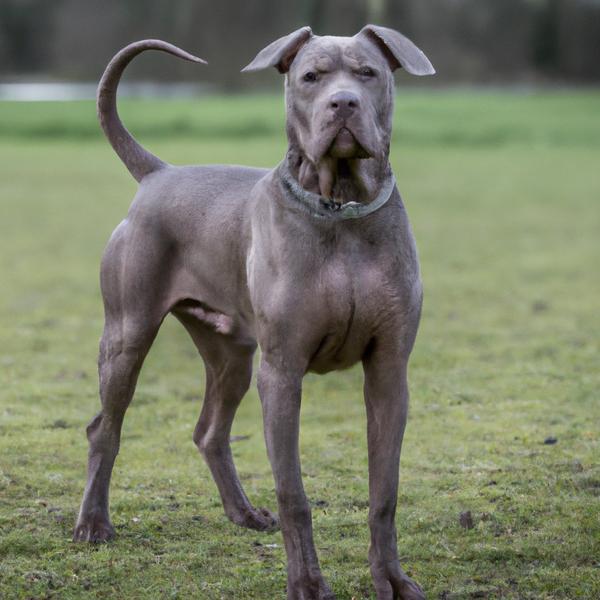
Weim-Pei
Treeing Walker Coonhound vs Weim-Pei
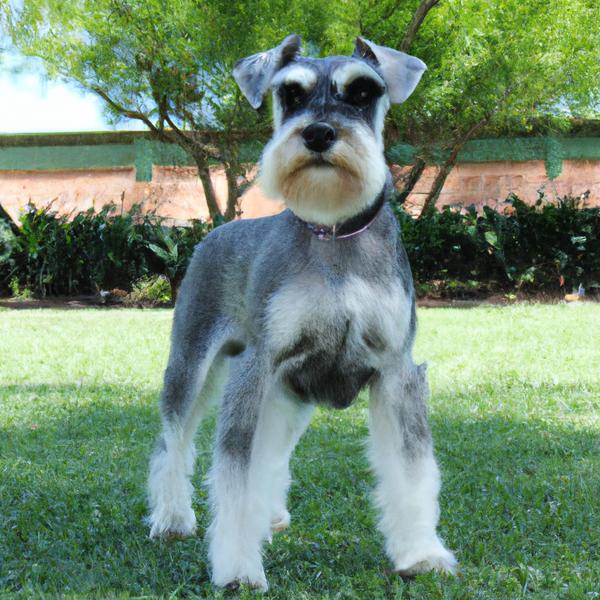
Miniature Schnauzer
Treeing Walker Coonhound vs Miniature Schnauzer
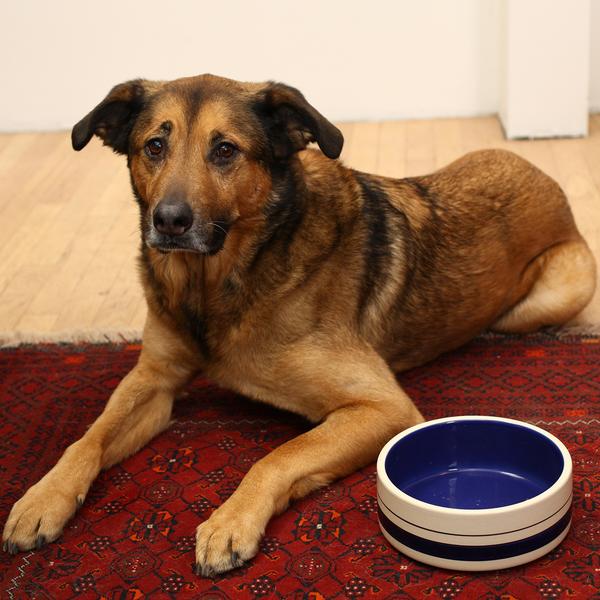
German Sheprador
Treeing Walker Coonhound vs German Sheprador
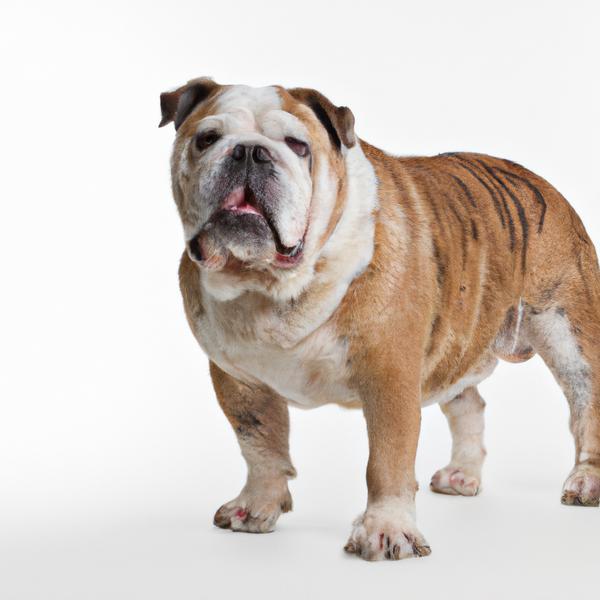
Old Anglican Bulldogge
Treeing Walker Coonhound vs Old Anglican Bulldogge
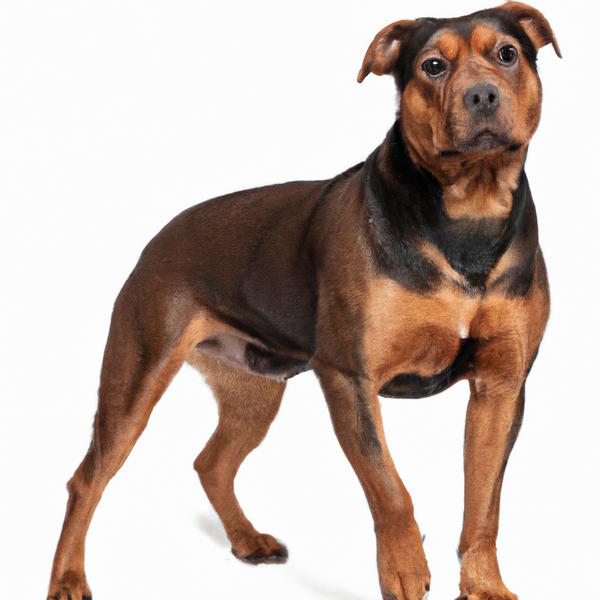
Pitweiler
Treeing Walker Coonhound vs Pitweiler
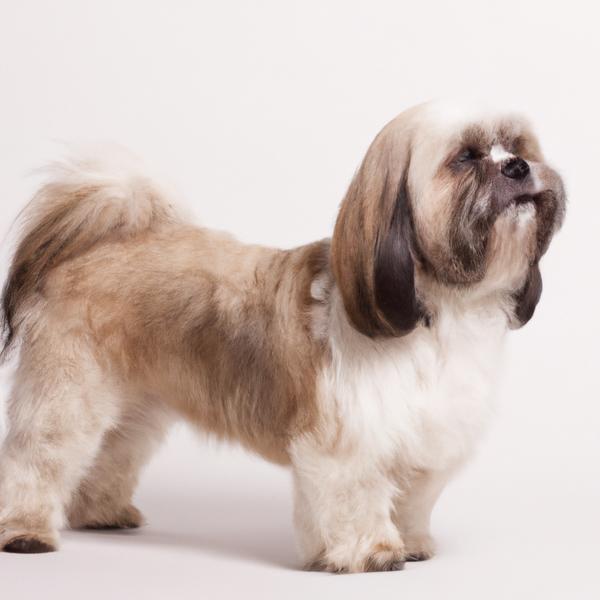
Lhasanese
Treeing Walker Coonhound vs Lhasanese
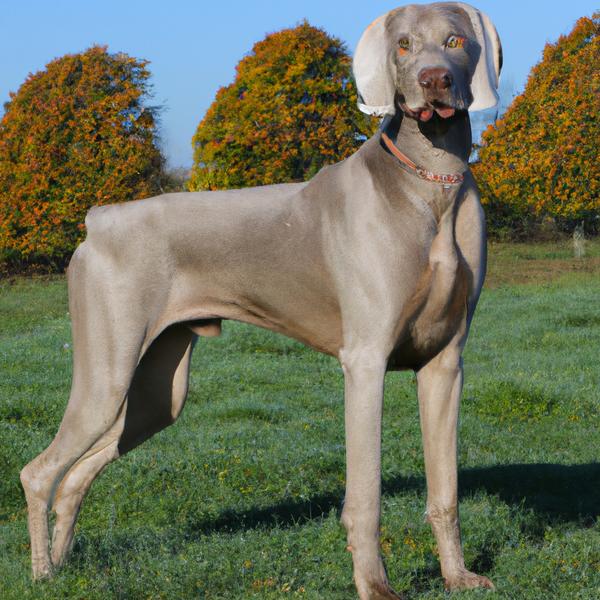
Weimapeake
Treeing Walker Coonhound vs Weimapeake
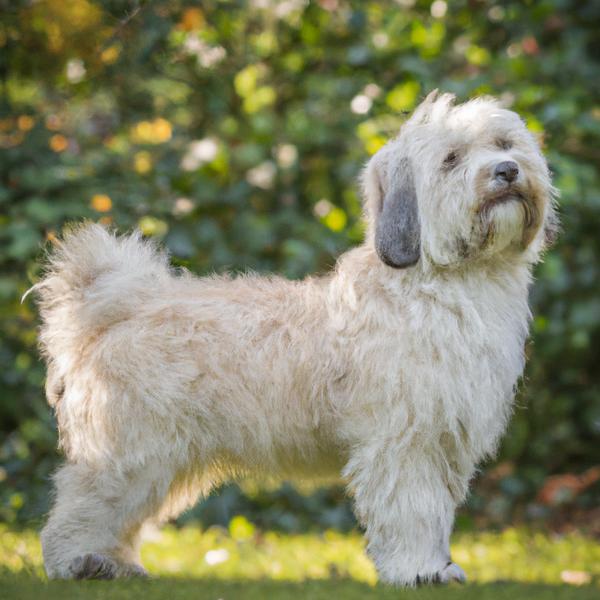
Dandie Dinmont Terrier
Treeing Walker Coonhound vs Dandie Dinmont Terrier
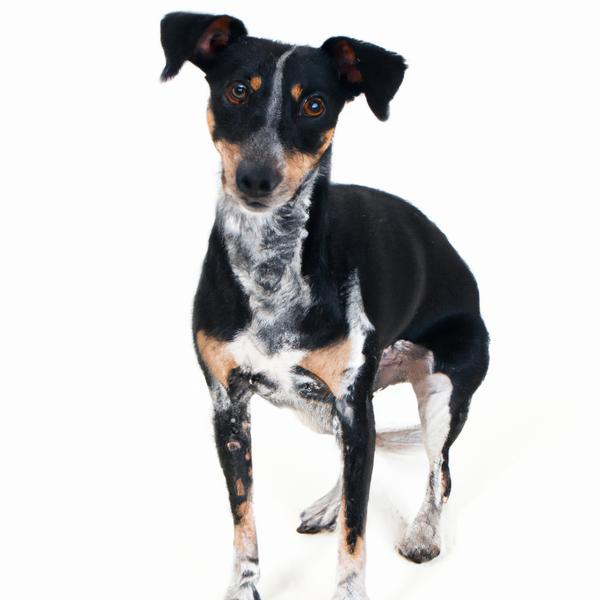
Bluetick Rat Terrier
Treeing Walker Coonhound vs Bluetick Rat Terrier
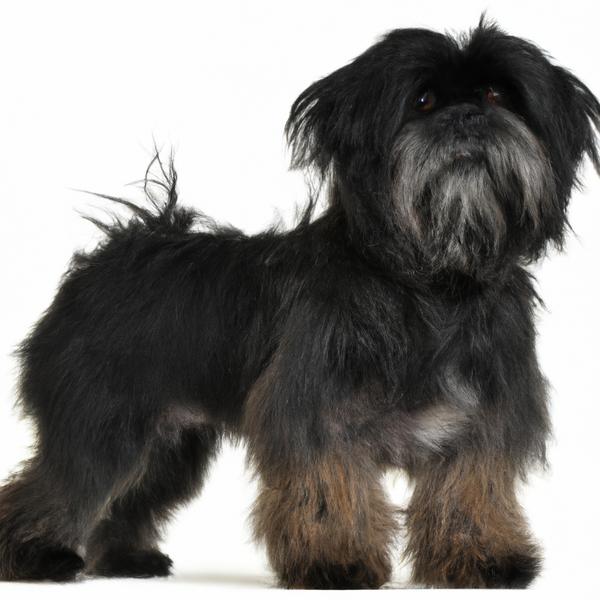
Affenpinscher
Treeing Walker Coonhound vs Affenpinscher
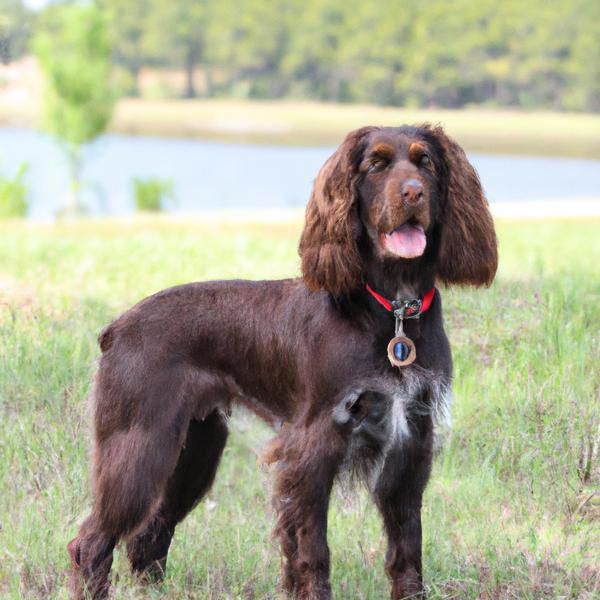
Boykin Spaniel
Treeing Walker Coonhound vs Boykin Spaniel
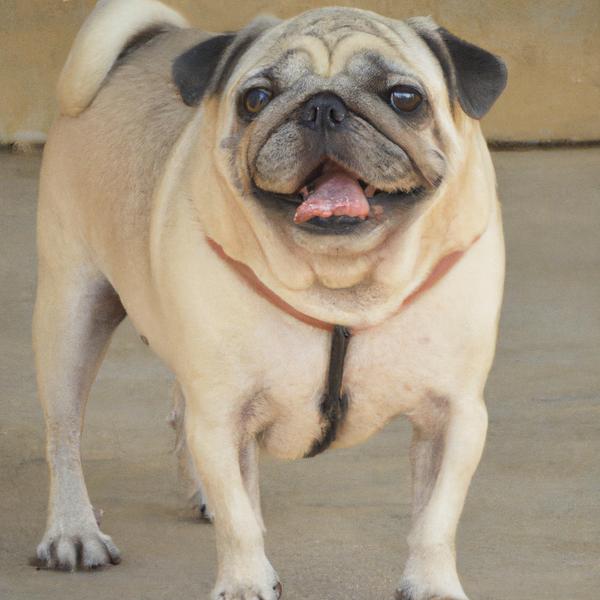
Pugmatian
Treeing Walker Coonhound vs Pugmatian
